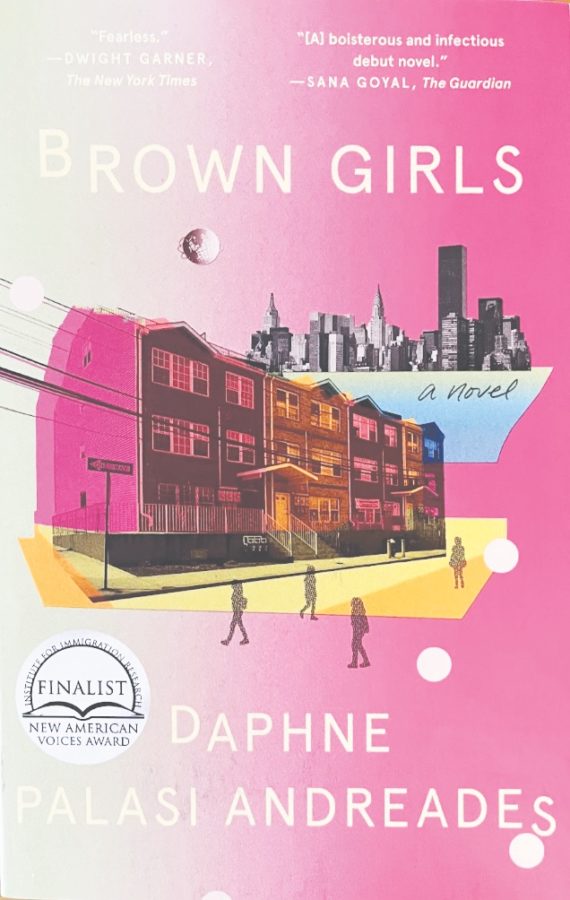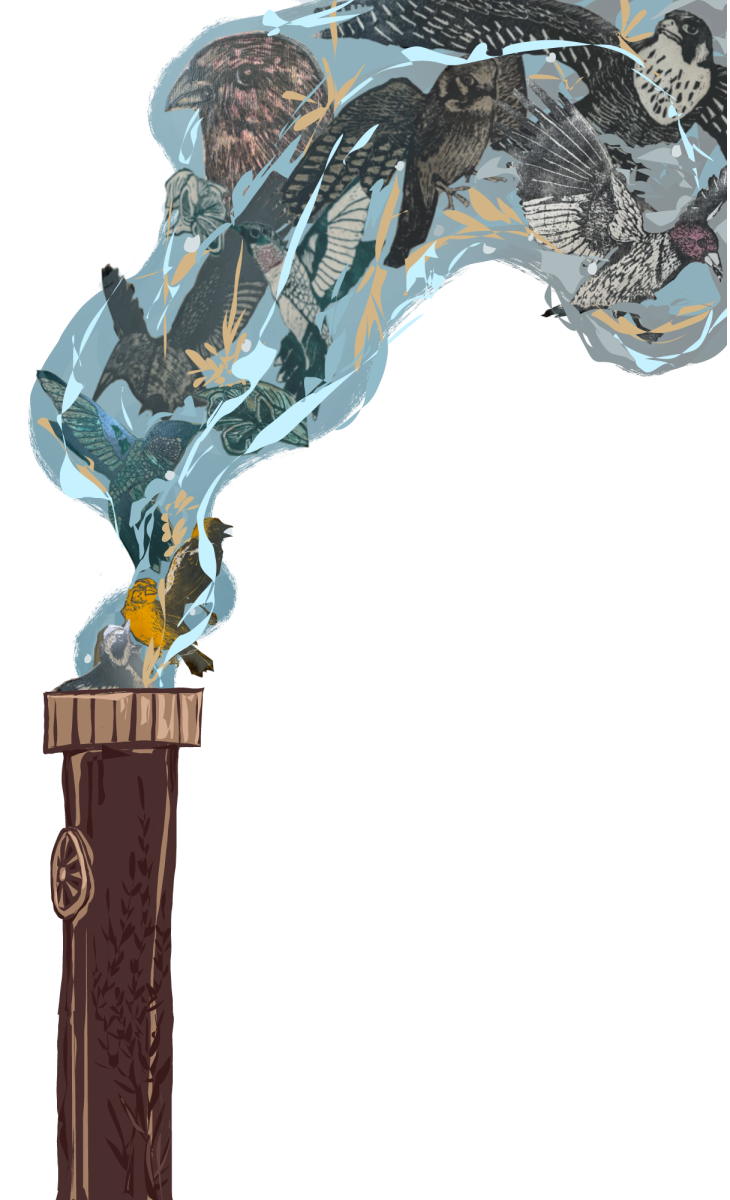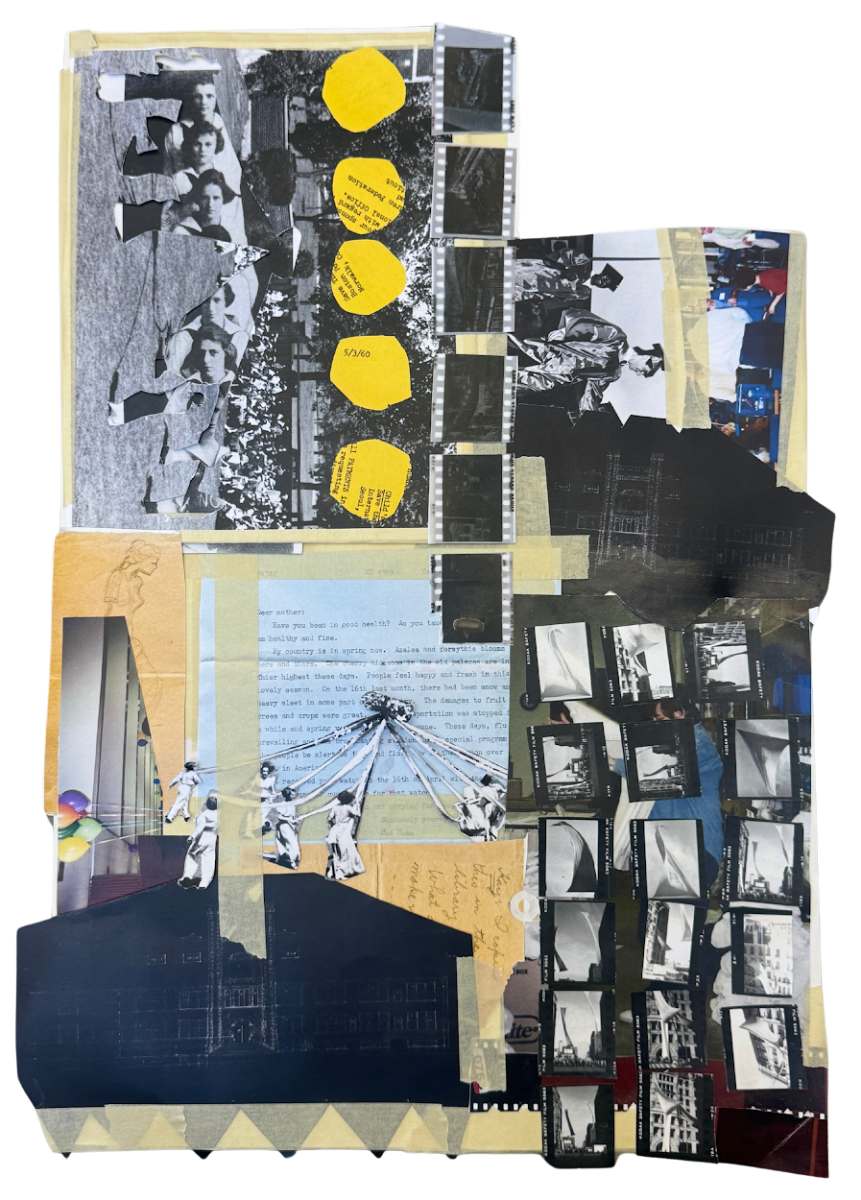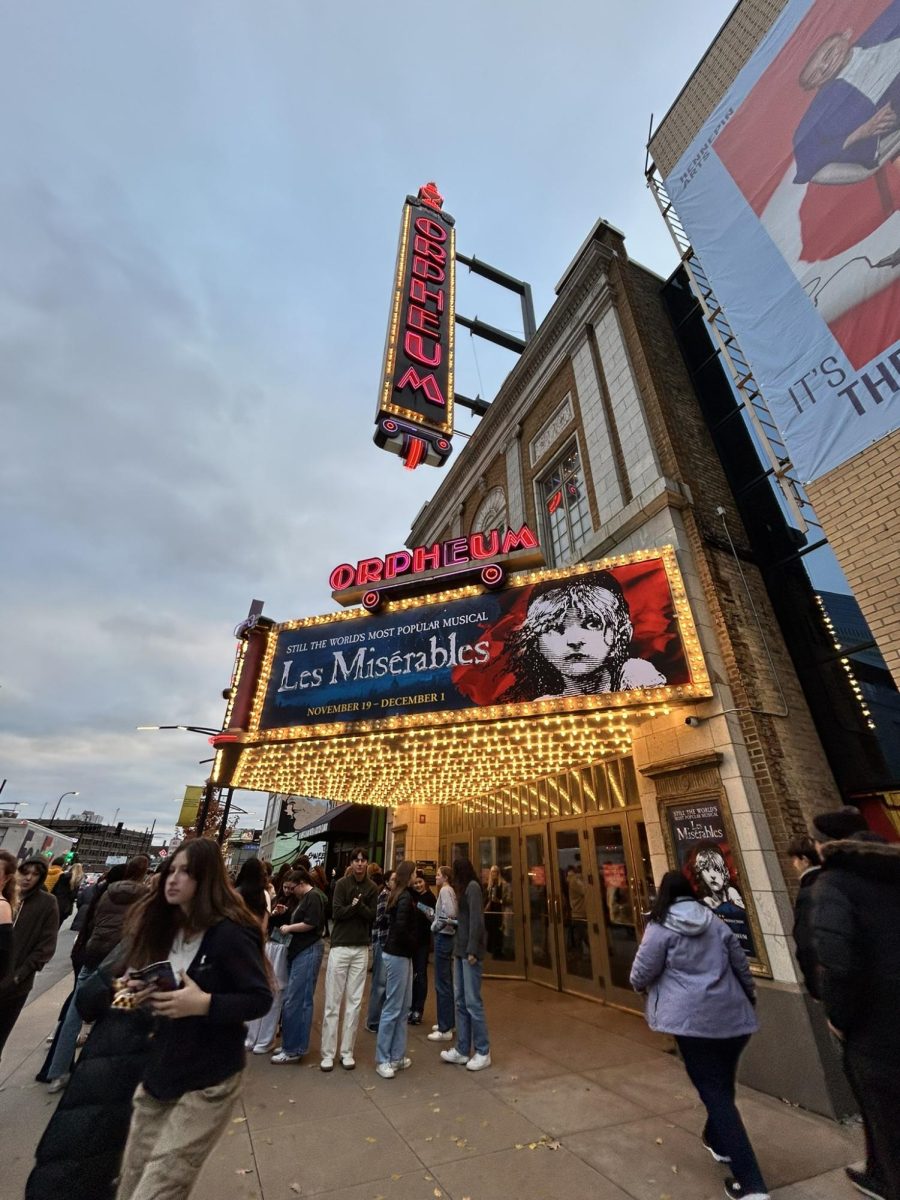Brown Girls by Daphne Palasi Andreades is the only book I have ever read that is narrated entirely by a collective “we” voice – the brown girls of Queens. It tells the story of growing up as a woman of color: both the similar experiences that shape all these brown girls’ lives, as well as the multitude of paths and choices they make. As the girls’ (and eventually, women’s) lives splinter from one another, the novel speaks on identity through honest, clever prose. The cover’s collage-like images and mix of colors highlight this blend of voices, beautifully capturing the complexity of the novel.
John Green’s The Anthropocene Reviewed tackles one of the most universal questions to ever be written about: how should we feel about humanity? Are we actually all that great? John Green answers with a resounding “yes.” He rates small components of our human-focused world, the “anthropocene,” on a familiar scale: from one to five stars. Through a series of essays, the book reflects on scratch n’ sniff stickers, Halley’s comet, and everything in between. The things humans have created, the things we’ve noticed. The optimistic tone of the book will leave you feeling better about yourself, and your place in the world, and the cover is as winding and gorgeous as the book itself.
All the Light We Cannot See by Anthony Doerr is simply beautiful. Haunting and distinct in tone, the novel weaves together the lives of a French girl and a German boy during WWII and emphasizes the importance of stories through two simultaneous narratives. The cover shows the French city of Saint-Malo, a place where both main characters at one point find themselves. The colors are dark and ominous, but light shines off the water like a sunrise, or a sunset – we can’t quite tell which. This novel is breathtaking and important.







